Polestar 3 Review 2025: Price, specs & boot space
Written by Ivan Aistrop
Quick overview
Pros
- Incredibly quiet and refined
- Sophisticated and premium interior
- Stunning sound system
Cons
- Touchscreen-centric controls not for everyone
- Launch models are pricey
- Lidar bump detracts from design
Overall verdict on the Polestar 3
"The Polestar brand made quite a big splash when it arrived on the market with the handsome Polestar 1 in 2019, and then followed that up with the Polestar 2 in 2020. Since then, however, things have gone rather quiet from the Swedish/Chinese brand, and it’s taken until the back end of 2024 to get us to this, the Polestar 3. But has it been worth the wait? Find out in our Polestar 3 review."
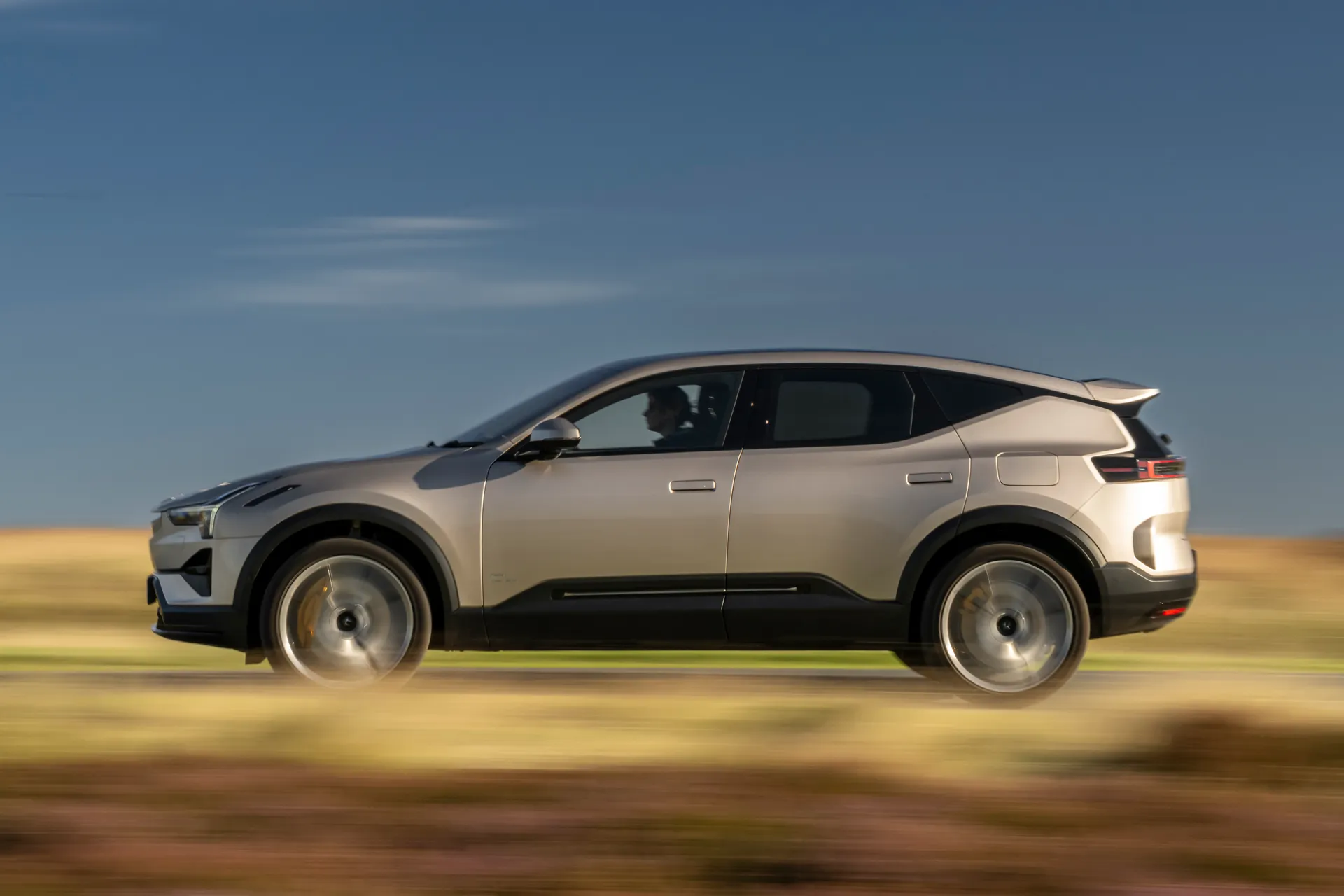
Want to know something else unconventional? Well, there’s the car’s name. While most car companies adopt a the-bigger-the-number-the-bigger-the-car approach to naming their models, Polestar does things its own way (it claims to be that most fashionable of corporate entities, a ‘disruptor’) and names its cars chronologically. That’s why the Polestar 3 is actually a bigger car than the Polestar 4, a coupe-SUV that Polestar says will soon become its best-selling model. That chronology argument is a little hard to get your head around when the two cars were launched in the UK on exactly the same day, but who are we to argue…?
So, what exactly is the Polestar 3? Well, it’s a huge (measuring 4.9 metres long), all-electric luxury SUV that’s built on the same SPA2 platform as the latest Volvo EX90. Unlike that car, the Polestar has five seats rather than seven, so while the Volvo concentrates on high-end practicality, the Polestar aims for luxury and sportiness, Polestar considering itself to be an electric performance car brand.
That puts the Polestar 3 within the sights of some very competent competition. The Audi Q8 e-tron will also have something to say about where your money goes, as will the BMW iX, while Mercedes has two contenders to tempt you in the form of the Mercedes EQE SUV and EQS SUV.
As Polestar does, it marks itself out from the rest with its sporty attitude. Initially, only a pair of Twin Motor versions are offered with the Polestar 3, punting out crazy power outputs lying just either side of 500 horsepower, although a more modest Single Motor version will join the range midway through 2025.
Talking of range (see what we did there?), all Polestar 3s come with the same gargantuan 111kWh battery, delivering official WLTP driving range figures of between 348 miles and 403 miles, depending on the version you choose.
Aside from huge power and a racy attitude, you get a cabin that’s attractively designed, plushly trimmed, hugely spacious and brimming with technology. Admittedly, trying to actually use some of the gadgetry can be rather bamboozling, but tech-heads will be in their element.
Overall, the Polestar 3 is a pretty convincing and compelling package, as it should be when prices start at around £70,000, and rise steeply as you progress through the various versions.
heycar has 1000s of used cars for sale, including a wide range of Polestar 3 cars for sale.
Is the Polestar 3 right for you?
If you want a huge, luxurious high-performance electric SUV with a premium badge and bags of cutting-edge technology, but you also want something a bit different from the Audis, BMWs and Mercedes-Benzs that other people drive, then the Polestar 3 will be a good choice for you.
What's the best Polestar 3 model/engine to choose?
So far, we’ve only tried one version of the Polestar 3, the mid-range Twin Motor model without the Performance Pack fitted. It has all the pace and power you could ever want, so we see no need to upgrade to the Performance Pack version. The only question is whether the cheaper Single Motor variant is fast enough and sporty enough to convince as the high-performance machine Polestar wants the 3 to be. Time will tell.
What other cars are similar to the Polestar 3?
As a large, luxurious five-seater all-electric SUV, the Polestar 3 isn’t short of rivals. The Audi Q8 e-tron and BMW iX are both similar in size and stature, while Mercedes-Benz also has a couple of similar offerings in the shape of the EQE SUV and the EQS SUV. The electric Range Rover will arguably be in the mix for your money, too.
Comfort and design: Polestar 3 interior
"Polestar is very much like sister brand Volvo in that cool Scandi design is a very big part of its appeal. And as such, the Polestar 3’s interior is about as on-trend as it’s possible to get."
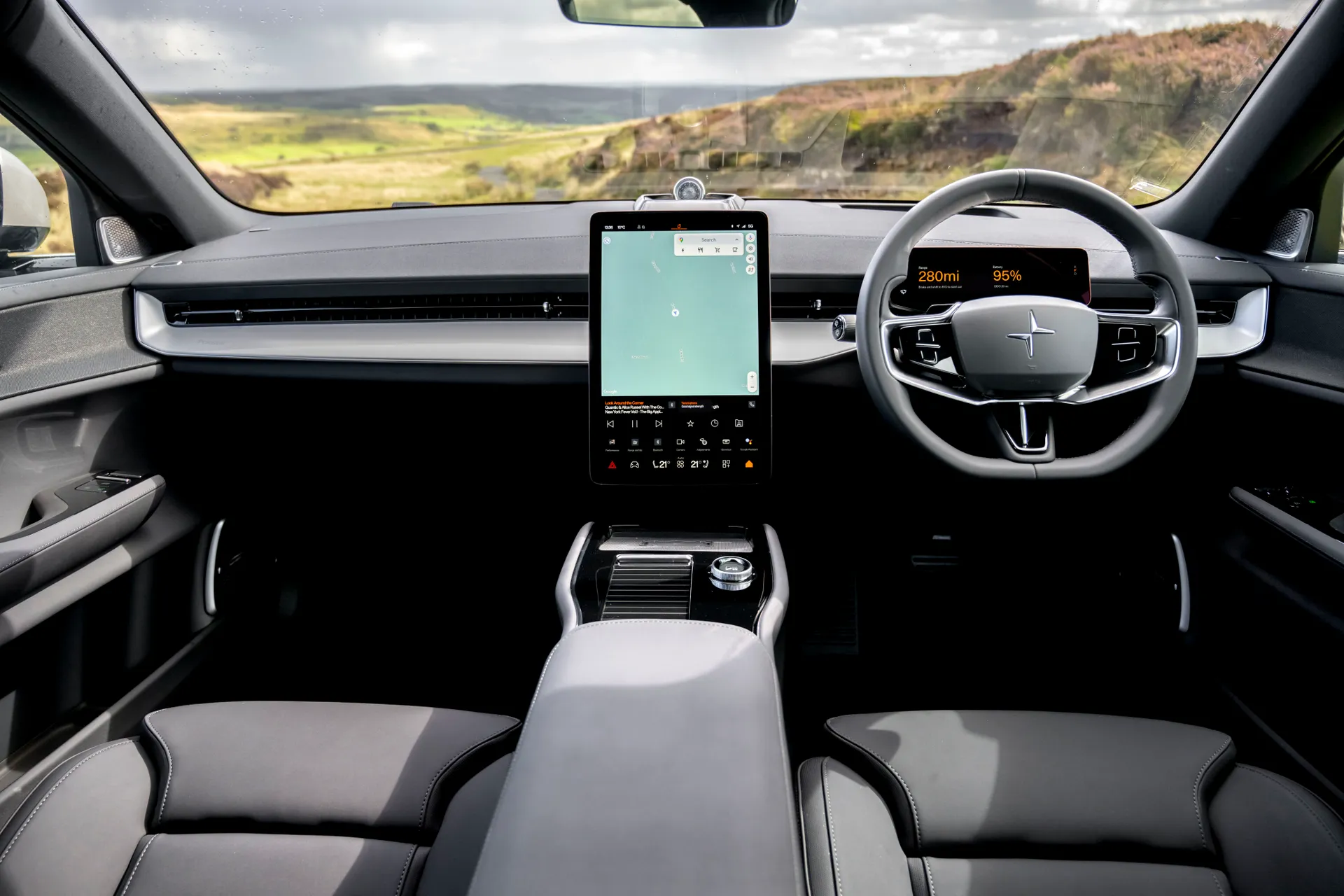
The design of the interior is very much-of-the moment, with a very clean, minimalist architecture that gives a modern and sophisticated feel. Aside from a volume knob and some electric window switches on the doors, you’ll find barely any switchgear in the cabin, and while that contributes to the pared-back vibe, it does have an effect on ergonomics, which we’ll come onto in a bit.
Polestar has learned plenty from Volvo about how to build a seat, that being a speciality of the Swedish brand for a number of years. And as such, the Polestar’s pews are wonderfully supportive, with all the right padding in all the right places. That’s provided you can work out how to adjust them: again, more on that in a moment.
Quality and finish
The clean, minimalist design of the interior is followed through with a standard of fit and finish that’s as high as you expect - nay, demand - of a car costing this much. The big glossy screens and metallic trims lend some razzamatazz, while a mixture of colours and textures keeps things look interesting, not to mention achingly trendy. Most of the surfaces you come into contact with are as pleasing on the fingertips as they are on the eyes, and you get plenty of choice over colour scheme and upholstery type.
It’s also worth mentioning Polestar’s dedication to sustainability when selecting cabin materials. Many of the plastics and textiles used have come from recycled sources, while the leather options are animal-welfare-certified, and the wool textiles are fully traceable. We wouldn’t be surprised if we were told that Polestar had personally ensured the health, happiness and spiritual enlightenment of all the livestock involved in the production of its cars, and that the animals only died of old age, surrounded by loved ones.
Infotainment: Touchscreen, USB, nav and stereo in the Polestar 3
As is becoming increasingly common these days, Polestar sees infotainment as a major reason for buying its products, so has piled a lot of time and effort - not to mention cash - into coming up with an all-singing system.
It’s centred around a massive 14.5-inch portrait touchscreen mounted on the middle of the dashboard, and the operating system - named Android Automotive OS - has been co-developed with Google. This means you get Google Assistant voice control, sat-nav powered by Google Maps, and access to a large variety of apps on the Google Play store. As standard, the system has all the functionality you expect - Bluetooth, DAB radio, wireless phone charging, four USB-C connectors (two front, two rear), 5G internet connection - plus a whole bunch you don’t. More on that in a moment. What’s more, the whole thing is kept fresh and state-of-the-art with over-the-air updates.
That’s not it on the screen front, either. There’s a 9.0-inch LCD driver display behind the steering wheel showing all your important driving information, plus another touchscreen in the back with climate and seat heating controls for the rear passengers.
First, the good bits. The main screen looks fabulous with its sharp graphics and slick animations. And, considering how ridiculously complex the system is, it’s not quite as user-hostile as it might be. Polestar has made sure that you don’t scroll up and down menus, or swipe side-to-side between them, and that does make life a bit easier.
However, that does mean that there need to be more menus as a result, and the sheer number of them is utterly bamboozling. Try and search out a minor function, and you could easily try four or five different menus before you find it.
More frustrating, though, is the needless exorcism of almost all switchgear from the cabin, making the touchscreen your only source of control for pretty much every function, and it’s worse here than the normal screen-based air-con controls that we usually bang on on about. Even a task as simple as opening the glovebox requires seeking out an on-screen icon concealed somewhere within the system.
And that’s before you’ve even set up your driving position, which takes a frankly ridiculous amount of time. You don’t get switches or buttons to do this, of course. No, you seek out the correct menu from the gazillion on offer on the touchscreen, press an icon to tell it whether you want to move your seat or your steering column, and then use the joysticks on the steering wheel to govern the movements. It’s bonkers, time-consuming, distracting, and utterly unnecessary.
Ahem. Rant over.
A powerful 10-speaker audio system is included in the standard equipment, but pay another £5,000 for the optional Plus Pack (it’s actually standard on Launch Edition cars, thankfully), and you get - amongst other things - an upgraded Bowers and Wilkins system with no fewer than 25 speakers and Dolby Atmos Surround Sound. Even for those with unsophisticated eardrums, the sound quality really is something to behold.
Space and practicality: Polestar 3 boot space
It probably won’t escape you once you set eyes on the Polestar 3 that it’s a truly enormous car. Dimensions-wise, it measures 4,900mm long, 2,120mm wide (including mirrors) and 1,614mm tall, with a wheelbase of 2,985mm.
Happily, those gargantuan proportions translate into similarly gargantuan interior space. Legroom is simply massive in any of the five seats, and while headroom is slightly less so, there’s still lots of it, enough for very tall passengers to be very happy.
The width of the cabin, in particular, is what marks out the Polestar 3’s interior, though. Those in the front will have no danger whatsoever of bashing elbows, while in the back, we can’t think of many cars that carry three people across the rear bench so comfortably: there’s ample room for three sets of shoulders, the middle seat is as wide and as comfortable as those either side, and the rear of the cabin has an entirely flat floor, so there’s lots of foot space for everyone.
The Polestar 3's boot is also pretty big at 484 litres when measured to the top of the rear seatback, or 597 litres when measured up to the roof. That includes a large 90-litre storage area under the floor, which is easily big enough for carrying your charging cables, but you’ll probably want to stash those in the 32-litre ‘frunk’ compartment under the bonnet instead.
Fold down the rear seats, and you get a total of 1,411 litres of cargo space in the Polestar 3. The seats drop in a 60/40 split, which isn’t quite as versatile as the 40/20/40 arrangement in some rivals, but at least the folded seatbacks lie perfectly flat, and sit flush with the boot floor, leaving you with a totally level load area with no steps or slopes. There is a small lip at the boot entrance, though, which could get scuffed when loading heavy items.
Handling and ride quality: What is the Polestar 3 like to drive?
"As we’ve mentioned, there are three different versions of the Polestar 3 - the Single Motor, the Twin Motor, and the Twin Motor Performance - each with its own slightly different mechanical makeup."
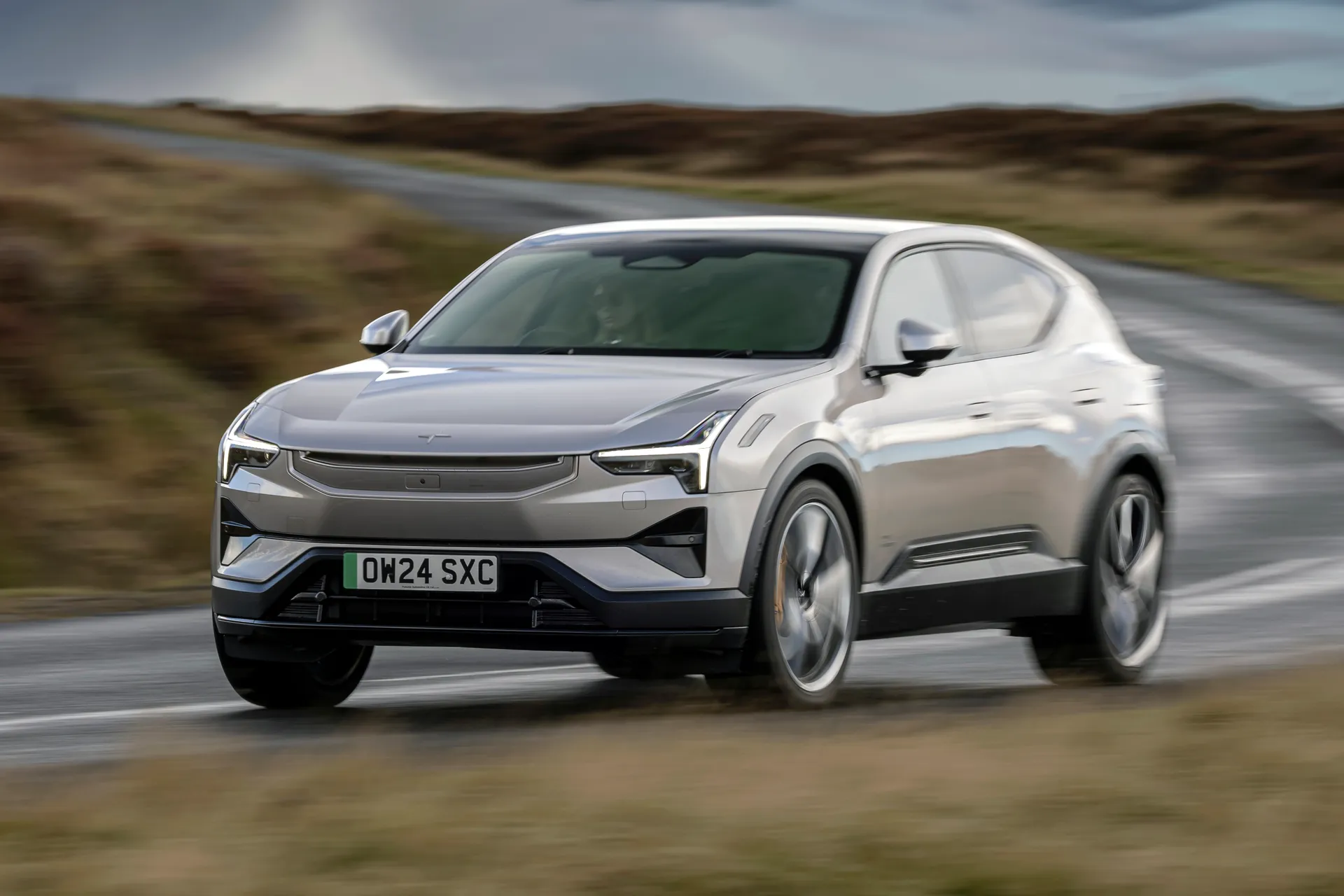
At this point, Polestar still hasn’t stated what sort of suspension setup the Single Motor version will have, but the Twin Motor versions both come as standard with self-levelling air suspension, complete with adaptive dampers. With the Performance Pack version, the settings of the electronics are made a bit more aggressive for a racier feel. So far, however, the only version of the car we’ve driven is the Twin Motor, but without the Performance Pack fitted.
The air suspension allows the Polestar 3 to vary its ride height: you can select a jacked-up off-road setting at low speed to increase ground clearance by 40mm, which cancels itself when you go above 25mph. When you’re going faster, meanwhile, the suspension automatically lowers itself a fraction to aid aerodynamics and efficiency.
The adaptive dampers have three settings to choose from - Standard, Nimble and Firm - and these are designed to make the suspension characteristics progressively more focussed. If you really concentrate, you can just about detect the differences between the various settings, but if we're honest, those differences are very marginal, and make very little difference to how the car behaves on the road, or the level of enjoyment you get from it.
In all situations, the Polestar 3's ride has a firm-but-fair quality. There’s enough pliancy to keep things feeling reasonably civilised and comfortable: granted, there are other luxury SUVs that are more cosseting, but the ride feels entirely appropriate given the sporting attitude that Polestar is trying to achieve.
That underlying firmness gives the car fairly tight control over the movements of its enormous body, so it feels impressively tidy when changing direction. Grip and traction levels are simply enormous, while the steering is responsive and accurate. Of course, the Polestar 3 is way too big and heavy to feel truly agile, but you have to respect how well such a gargantuan vehicle manages to flow down the road.
What motors and batteries are available in the Polestar 3?
All versions of the Polestar 3s are fitted with the same enormous battery pack that has a nominal capacity of 111kWh, which equates to 107kWh of usable capacity.
The entry-level Single Motor version, when it arrives in 2025, will have a rear-axle-mounted motor delivering 299PS, giving it an official 0-60mph time of 7.5 seconds.
Until then, you choose between the two Twin Motor variants, both of which have an additional motor on the front axle, giving you four-wheel drive. The standard Twin Motor has a combined output of 489PS and a 0-60mph time of 4.8 seconds. In the Performance Pack version, meanwhile, the output is cranked up to 517PS, while the 0-60mph time falls to just 4.5 seconds.
Like we’ve already said, we’ve only had the opportunity to drive one version of the Polestar 3 so far, a Twin Motor without the Performance Pack. The powertrain has two selectable settings, one for maximising the range you get from your remaining battery charge, and one for maximising the performance on offer.
Select the former mode, and the initial level of acceleration you feel is undeniably brisk, but also a little bit restrained. Press the accelerator pedal with more purpose, though, and things become rather less restrained, and you can build speed devastatingly quickly.
The latter mode, meanwhile, doesn’t ultimately serve up any more power, but it does serve that power up a lot more readily, transforming the character of the car. The accelerator pedal needs far less provocation before the motors deliver their full force, and when they do, the acceleration you feel is truly explosive, perhaps even more explosive than the already-impressive numbers suggest. The car’s on-the-move acceleration feels just as strong as its off-the-mark acceleration, too, so there’s never a situation in which you don’t have an overabundance of power on hand.
Maximum electric range in the Polestar 3
When it arrives next year, the Long Range Single Motor version will have the longest range of any Polestar 3, with an official WLTP figure of 403 miles. That’s pretty impressive. That said, the Twin Motor car isn’t all that far behind with an official range of 392 miles, but that drops to 348 miles when fitted with the Performance Pack.
As ever, take these figures with a pinch of salt and don’t bank on getting anywhere near them in the real world. Cold temperatures will slash the mileages your car can achieve on a single charge, as will long motorway journeys.
Refinement and noise levels
Electric cars are often very refined, and so are premium-badged cars, so premium-badged electric cars tend to be some of the most refined around. And so it proves with the Polestar 3. The electric motors barely make a sound, and other sources of exterior noise are also extremely well suppressed, so the car unleashes its savage pace with almost nothing in the way of aural accompaniment. On any type of road, and in any given driving situation, this is a supremely peaceful way of getting around.
Safety equipment: How safe is the Polestar 3?
What with Polestar’s relationship with Volvo, you’d expect safety to be pretty high on the agenda with this car. And in terms of preventative safety tech, there aren’t many stones that have been left unturned with the Polestar 3. The standard roster of safety kit includes various semi-autonomous driving functions including automatic emergency braking and adaptive cruise control, and there’s also blind spot monitoring with steer assist, a driver monitoring system, intelligent speed limit assist, lane departure warning, a lane keeping aid, road sign information, plus rear collision warning and mitigation. Stability control and torque vectoring are also on hand to help keep you out of trouble, and if trouble becomes unavoidable, there are nine airbags to keep you from harm, plus a post impact braking system, which locks on the anchors in the event of a shunt to help prevent further collisions.
The Polestar 3 was tested by independent safety organisation Euro NCAP in 2025 and scored the maximum five-star rating, with a 93% score for child occupant protection and a 90% score for adult occupant protectioon.
You’ll see the word ‘SmartZone’ etched into the panel on the nose of the car, and behind this is where many of the car's myriad cameras and sensors are located, which facilitate much of the safety functionality we’ve just talked about. Sounds expensive if you have a prang on your front end, but it’s got to go somewhere.
A couple of grand extra buys you the optional Pilot Pack, which adds a bit more semi-autonomous functionality plus lane change assist and 360-degree cameras. Some time in 2025, another optional pack will be offered called Pilot Pack with LiDAR. This will add yet more sensors and cameras to read the surroundings in even greater detail, and will eventually enable fully autonomous driving once it finally becomes legal (this will be switched on via over-the-air updates when the time comes). Be warned, however, that these extra sensors are housed in a small bump in the roof, just above the centre of the windscreen, rather than in the SmartZone. This rather ruins the aesthetic of the car, making it look a bit like a very large, very posh taxi.
Polestar 3 charging times: How much does it cost to charge?
"The Polestar 3 has a massive battery of 111kWh (total capacity, of which 107kWh is usable), so filling it up with electricity isn’t the work of a moment."
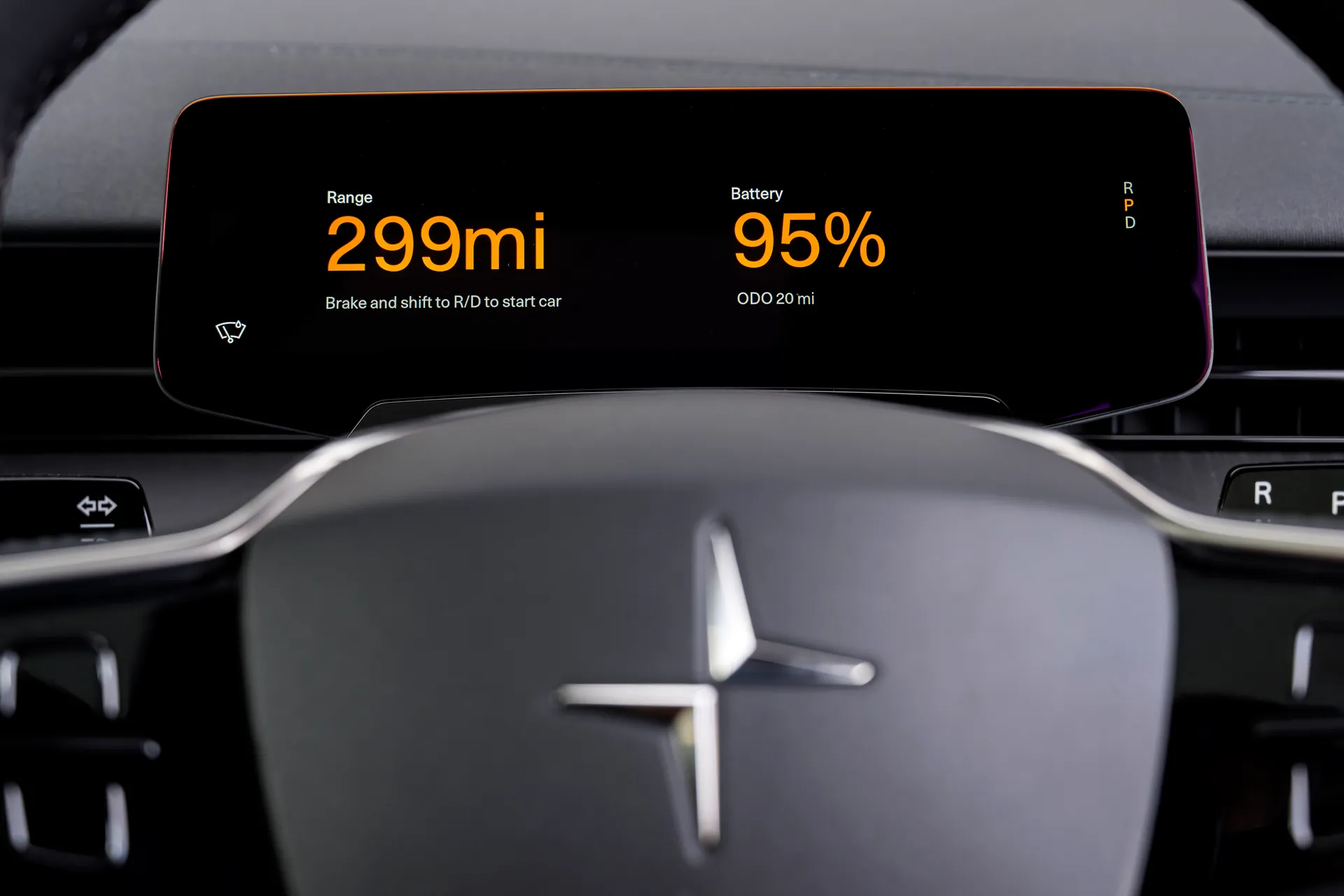
Cheekily, the AC charging time of 11 hours quoted by Polestar is based on an 11kW hookup, but the vast majority of UK homes don’t have the three-phase electrical system necessary to facilitate such speeds. Domestic electric car wallbox chargers are usually rated at 7.4kW, meaning that the same 0-100% charge is likely to take more like 18-19 hours.
If your domestic power is priced at the UK’s national average of 28p per kWh, then a full juice-up of your car will cost around thirty quid. That equates to a fuelling cost of around 8p or 9p per mile, assuming you hit the quoted WLTP range figures (which you probably won’t, so account for a bit more expense than that). That'll be far cheaper than a petrol- or diesel-powered SUV of a similar size and power. However, get yourself on a domestic power tariff that allows you to charge your car overnight using discounted off-peak electricity, and you can easily cut those costs in half.
If you’re in more of a hurry, the Polestar 3 is capable of supporting DC rapid charging at a rate of up to 250kW, so if you can find an appropriately powerful public charger, then a 10-80% charge can be delivered in just 30 minutes. However, that’ll cost you way more than charging at home, usually double, or even more. At that price, your fuelling costs will hardly be any cheaper than running a petrol or diesel car.
Polestar 3 reliability and warranty
The Polestar 3 is too new to have featured in our go-to source of reliability data, the latest HonestJohn.co.uk Satisfaction Index. In fact, Polestar as a brand is too new to have featured at all, so we can’t even give you an idea of the company’s performance in general.
It’s true that Polestar’s cars share a great deal with Volvo, a company that placed 14th out of 29 carmakers in the latest study, a very middle-of-the-road performance. However, it’s unlikely that this result is based on the all-electric Volvo models with which Polestars share their bits and pieces, so you can only draw so much from that piece of information.
While Polestar’s reliability may be something of a dice-roll at this stage, the picture is much clearer on the firm’s warranty arrangement. You get bog-standard three-year, 60,000-mile cover on most of the car, with the battery being covered for eight years or 100,000 miles, whichever happens first. If the battery falls below 70% of its original capacity within that timeframe, it’ll be replaced free of charge. Again, that’s all pretty standard.
What’s not so standard, though, is that all scheduled maintenance for the first three years or 31,250 miles of ownership is free. That’s a nice little perk.
Polestar 3 insurance groups and costs
Regardless of the version you choose, your Polestar 3 will sit in group 50 for insurance, the most expensive group there is. That’s not really surprising given the car’s price and power levels.
VED car tax: What is the annual road tax on a Polestar 3?
Because the Polestar 3 is an EV, you pay zero VED road tax on it. For now, that is. As of April 2025, that tax laws are due to change, and you’re very likely to be lumbered with the same - or similar - tax liability as owners of petrol and diesel cars.
Polestar 3 price
"If you go onto Polestar’s website right now and spec yourself a brand new Polestar 3, then the minimum you’ll pay is around £70,000. That’s for a Long Range Single Motor car with no optional extras, and adding those extras will drive the price of your car up very quickly.."
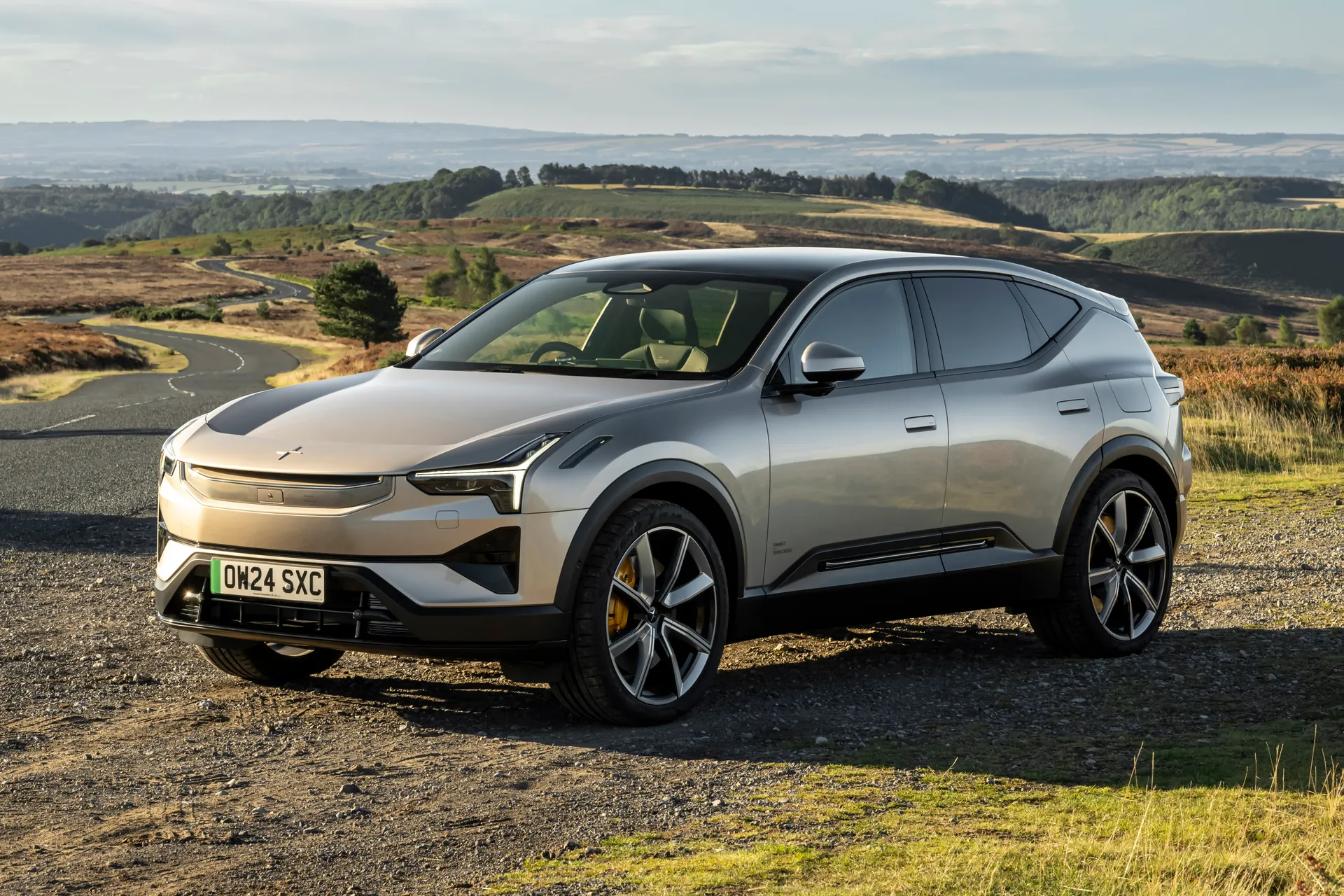
Upgrade to the Twin Motor cars, and starting prices stand at around £76,000 for the standard car, and £81,500 when fitted with the Performance Pack. This is not a cheap vehicle, then.
The relative newness of the car means that the used car market isn’t exactly awash with preowned examples, and the fact that the car is likely to be relatively rare - due to the combination of its price and the unfamiliarity of the Polestar brand - means that used examples are never likely to be in plentiful supply. The fact that Polestar doesn’t have traditional dealerships means you can’t really hang around at your local outlet waiting for an ex-demonstrator or pre-registered example to become available, either. However, it’s worth keeping an eye out for existing stock on either the Polestar website or the heycar classifieds, because there are a handful cars available for a small discount.
Trim levels and standard equipment
Initially, the Polestar 3 is available only in a single Launch Edition trim level, which automatically ticks many of the boxes that would otherwise be left unchecked on the options list. That means that these first Launch Edition cars are properly tooled-up. Standard equipment includes LED exterior lighting, heated and electrically adjustable door mirrors, a panoramic roof, a rearview camera with automatic cleaning function, three-zone climate control, a heat pump, plus all the myriad infotainment and safety kit we’ve already talked about. Then again, with the amount of money the Polestar 3 costs, you’d jolly well hope it’d come with plenty of kit.
Two of the boxes checked by the Launch Edition cars are those for the Pilot Pack and Plus Pack. The former adds pilot assist, lane change assist, 360-degree cameras (but not the the LiDAR, the Pilot Pack with LiDAR option will become available next year), while the Plus Pack adds the insane Bowers and Wilkins sound system, active road noise cancellation, headrest speakers, head-up display, heated rear seats, heated steering wheel, heated wiper blades, power-adjustable steering column, soft-close doors. Ordinarily, those packs would cost £2,300 and £5,000, respectively.
Ask the heycar experts: common questions
Is the Polestar 3 a good car?
Is the Polestar 3 electric?
Is the Polestar 3 an SUV?
Get our latest advice, news and offers
Keep me updated by email with the latest advice, news and offers from heycar.
By submitting you agree to our privacy policy


